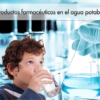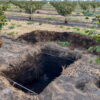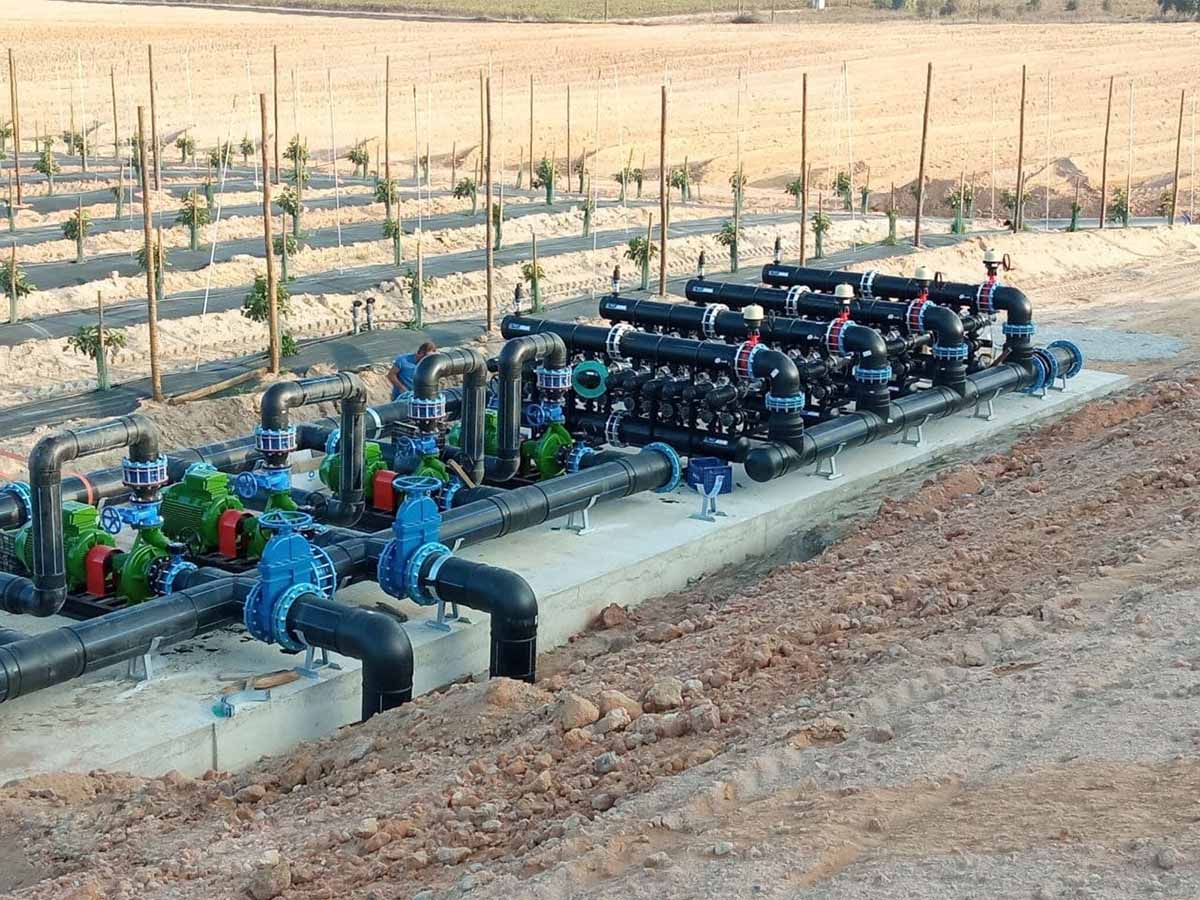Water treatment equipment and supplies
Safety and environment | Drinking water, gray water and wastewater equipment and supplies.
Drinking and purified water plays a crucial role in safety and the environment by providing safe, contaminant-free water for human consumption and products in industry. In addition, proper treatment and disposal prevents contamination of the water supply and protects the surrounding aquatic and terrestrial ecosystems. Water purification is also important to prevent waterborne diseases and improve the quality of life of the population.
Some of the systems that help prevent water contamination or recycling of wastewater are:
- Municipal and industrial water purification plants
- Disinfection of well water, rivers and lakes.
- Tertiary wastewater treatment
- Gray water treatment
- Sanitary wastewater treatment
Role of drinking and purified water in safety and the environment
Water is the most important resource on the planet. It is necessary for life and essential to all aspects of our health, safety, economy and environment. However, many communities do not have access to safe drinking water. Water is everywhere in nature: in lakes, oceans and rivers, as well as in subway sources such as aquifers. It can be contaminated with disease-causing microorganisms such as bacteria or viruses (such as cryptosporidium), chemicals such as pesticides, or radioactive substances such as uranium ore, so it must be treated before drinking it or using it for other purposes such as irrigation or manufacturing processes of products we use every day.
Drinking water
Drinking water is an essential resource. It is an element that is part of our life and health, therefore it is necessary to keep it as pure as possible and give cause for its safe reuse.
The importance of safe drinking water cannot be overemphasized: around 1 billion people worldwide lack access to safe drinking water sources; another 2 billion do not have adequate sanitation facilities in their homes; more than 6 million people die each year from diseases related to unsafe water or lack of hygienic practices.
Water purification
Water purification is the process of removing contaminants from water to produce water suitable for a specific purpose. Purification can be achieved by physical, chemical or biological processes. These processes are used to remove unwanted substances from water that may be present due to natural causes or as a result of human activity.
The most common water treatment process is filtration, which removes solid particles from water and other substances that can cause health problems if consumed over time. The next stages can be purification with activated carbon, ion exchange with resins, chemical disinfection with chlorine dioxide or ultraviolet light equipment, ultrafiltration or reverse osmosis.
Waterborne diseases
As is well known, drinking water can come from various sources: municipal mains water, surface water bodies such as rivers, lakes or shallow wells. These water supply sources, being more exposed to human waste (industrial or residual), are more prone to contamination. This can result in contamination of the same streams, rivers, lakes or subsoil that the wells reach.
It is the authority’s responsibility to take care of the water and its primary treatment so that it is dangerous, but many times it does not have the economic capacity or the scope of infrastructure to deal with all the water problems. The private sector as a correlated individual of the pollution problem must do its part to contribute for its benefit and the community must do its part to solve the pollution problems.
Water can transmit diseases such as gastroenteritis, cholera, hepatitis A, typhoid fever, giardiasis and cryptosporidiosis, to name a few. These diseases are due to the presence of pathogens in the water, such as bacteria, viruses or parasites, or organic and inorganic contaminants.
Water recycling and reuse
- Water reuse is a fundamental step in water resource management.
- It can be used for irrigation, industrial processes and refrigeration, as well as in the production of drinking water.
- Water reuse has been practiced for thousands of years and is one of the most important factors in ensuring that we have sufficient freshwater available today.
In general, water purification and treatment plays a key role in drinking water quality.
As you can see, drinking water quality is a complex issue. There are many variables that can affect your health and well-being.
The role of drinking water and treated water in safety and the environment is very important. It is necessary to understand that it has a direct impact on both human health and the environment.







